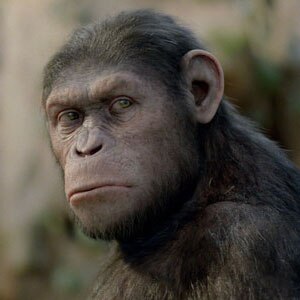

In "Lord of the Rings," after having shot on location or on a set, I would have to go back to a motion-capture stage and shoot the scene again to "capture." The big change went from having to do that to being able to shoot on location only once. But what has changed is that you don't have to re-shoot it. I'm still wearing the suit with the markers that hasn't changed. How has the motion-capture technology changed since then?Ī. So, would you be interested in using this technology?" That's how it all started for me. But because of the way we designed him, it's impossible for an actor to wear makeup. Pete said, "I want you to be on set so the actors playing Samwise Gamgee and Frodo Baggins don't have to imagine Gollum. Can you get me up for something decent?" He said, "Well, it's Gollum." So, I did the audition, and I got the re-call, and Pete came to London, we met, and he said, "We're thinking of using this technology, which is in its very early days, called motion capture." Now, in those days, actors playing opposite a character had to imagine the whole life of that character by working with a tennis ball. I said, "Look, it's 'The Lord of the Rings,' there must be a dozen really good roles in that.


My agent told me they were making "The Lord of the Rings" down in New Zealand and they wanted an actor to do the voice of a digital character. When was the first time you heard the term "motion capture"?Ī. Andy Serkis on the set of the film “War for the Planet of the Apes.” 20th Century Fox


 0 kommentar(er)
0 kommentar(er)
